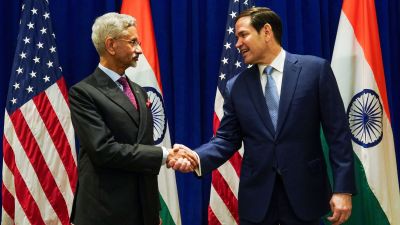Che: the myth and the man
The hard eyes stare into the distance, looking at a future only he can see. The 1960 picture of the South American...

The hard eyes stare into the distance, looking at a future only he can see. The 1960 picture of the South American revolutionary Ernesto “Che” Guevara Lynch, who would have been 80 this June, turned him into an icon after his execution in 1967. But the real man behind the face is forgotten, with the legend having taken over.
Che was born in Argentina, and studied to become a doctor. His journey across South America radicalised him — documented in his diaries that inspired the movie The Motorcycle Diaries. Che became convinced that the poverty that scarred the continent was the result of American monopoly capitalism conniving with corrupt local regimes. US intervention in Guatemala, to dislodge a popular left-wing government, convinced Che that a communist revolution was the only solution. He ended up in Mexico, where he met Fidel Castro, a Cuban exile. Under Fidel’s leadership, he joined the movement which overthrew Batista, the US-backed Cuban dictator. After the revolution, his role as the supreme prosecutor of supporters of the previous regime and in their execution was controversial. For Che, as admirers ignore, violence was not the last option, but the first and only one.
Che was also the Cuban government’s principal spokesman abroad. He addressed the UN, and travelled to a number of countries, including India in 1959. Che’s principal interest was always the export of revolution. He wrote a manual of guerrilla warfare, and dropped out of public sight in 1965.
Returning to South America, he infiltrated Bolivia with guerrillas, before US-trained Bolivian soldiers captured him. He was executed on October 9, aged 39, and his hands cut off. The hands and his diary were smuggled to Cuba. The body was buried secretly, and rediscovered in 1997 thanks to biographer Jon Lee Anderson, and returned to Cuba. The announcement of Che’s death ignited demonstrations around the world. But over time, the legend became ascendant, and the face became emblazoned on T-shirts, beers, watches, etc — revolutionary chic, something Che would have hated. More important is the man and his vision, the man about whom Castro said: “Che’s life had the unique virtue of impressing his worst ideological enemies and making them admire him.”
Photos


- 01
- 02
- 03
- 04
- 05





























